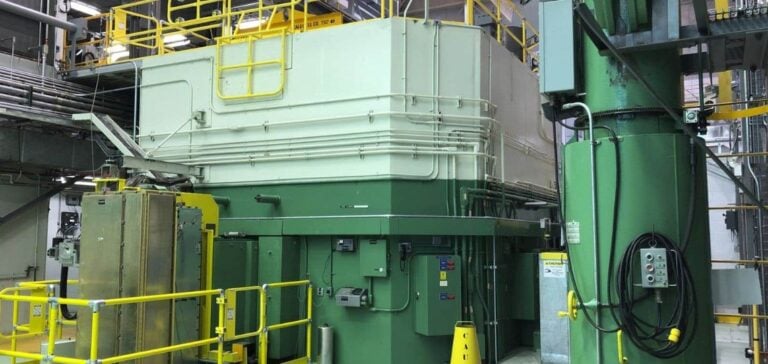Energy consumption in data centers is exploding, driven by the rapid adoption of technologies such as generative artificial intelligence. Faced with this unexpected rise in demand for electricity, President Joe Biden’s administration is calling on major technology companies to invest in more environmentally-friendly power generation solutions. Jennifer Granholm, U.S. Secretary of Energy, told Reuters that discussions are underway for these companies to contribute to low-carbon energy production to support their commitments to net-zero.
Modular Reactors to Reduce Costs
Granholm raised the possibility of technology companies joining forces to order modular nuclear reactors, thereby reducing costs by pooling orders. The idea is to ensure that enough clean electricity is available for their growing needs, while meeting the Biden administration’s climate commitments, which aim for complete decarbonization of the energy sector by 2035. Washington is investing in this field, as in Alaska, where construction of a nuclear power plant began in 2023.
She stressed the importance of technology companies not only consuming clean energy, but also actively participating in its production. “If tech companies want to use clean energy from the grid, they also need to contribute to the production of that energy,” she asserted.
A major challenge for the nuclear sector
However, the implementation of these nuclear projects is proving complex. The example of NuScale, the only company licensed to build modular reactors in the USA, illustrates this difficulty. Their only project had to be cancelled last year due to a lack of agreements to purchase the electricity produced. Granholm points out that this failure demonstrates the need to secure clear purchasing agreements before initiating such projects.
Diversified perspectives for Clean Energy
In addition to nuclear power, technology companies are also exploring other clean energy technologies, such as geothermal energy. This reflects a broader commitment by the sector to diversify its energy sources to meet ever-increasing demand while respecting environmental imperatives.
Data center consumption could account for up to 9% of total U.S. electricity generation by the end of the decade, according to a recent report by the Electric Power Research Institute. This represents more than double their current consumption, making it imperative to adopt sustainable energy solutions.
The Biden administration recently announced new measures to stimulate the development of new nuclear power plants in the United States, highlighting the potential of this energy source to provide carbon-free electricity. However, no new nuclear power plant projects are currently under construction, and existing projects, such as the Vogtle plant in Georgia, have suffered delays and cost overruns.
Discussions between technology companies and government authorities show a growing awareness of the need for cooperation to ensure a sustainable energy future and meet climate challenges. By integrating technological advances and energy policies, the sector can not only meet its immediate needs, but also contribute to a broader energy transition.
This dynamic reflects a broader trend towards integrating environmental objectives into corporate strategies, positioning the technology giants as key players in the global energy transition.





















